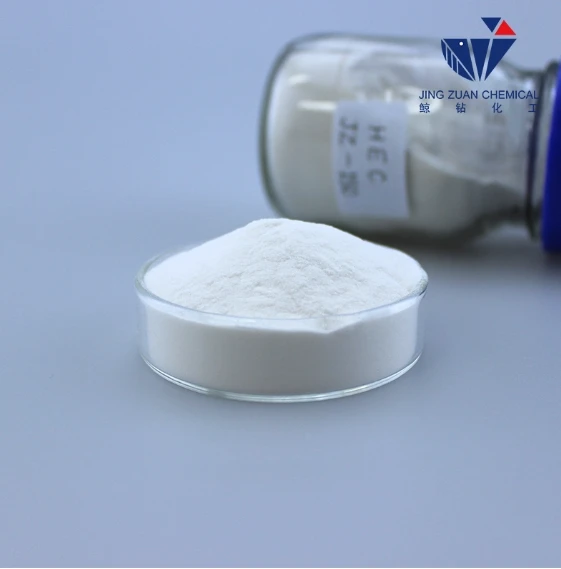
Dec . 29, 2024 16:20 Back to list
hydroxypropyl methyl cellulose hpmc
Understanding Hydroxypropyl Methyl Cellulose (HPMC) Properties and Applications
Hydroxypropyl methyl cellulose (HPMC) is a versatile and widely used non-ionic cellulose ether that has gained popularity in various industrial and pharmaceutical applications. This semi-synthetic polymer is derived from cellulose, which is obtained from natural sources like wood and cotton. HPMC has distinct characteristics that make it valuable in numerous formulations, ranging from food products to personal care items and pharmaceuticals.
Properties of HPMC
HPMC is characterized by its ability to form a gel or colloidal solution when mixed with water, making it an effective thickener and emulsifier. It is available in different grades, which can vary in viscosity and degree of substitution, allowing manufacturers to select the appropriate type for specific applications. One of the critical properties of HPMC is its thermal stability, which enables it to maintain its functional attributes across a range of temperatures.
HPMC is known for being soluble in cold water and insoluble in organic solvents. This solubility is particularly advantageous in controlled-release drug formulations, where it can help manage the release profile of active ingredients. Additionally, HPMC is non-toxic and biodegradable, making it an appealing choice for eco-conscious applications.
Applications in Pharmaceuticals
In the pharmaceutical industry, HPMC is widely used as a binder, thickener, and suspending agent in various formulations, including tablets, capsules, and topical preparations. Its role as a polymer matrix in controlled-release formulations enables the gradual release of drugs, thereby enhancing therapeutic efficacy and patient compliance. Moreover, HPMC is commonly utilized in ocular formulations due to its lubricating properties, which provide relief for dry eyes and improve comfort in contact lens wearers.
The versatility of HPMC extends to its use in coatings for tablets and capsules. It can form a smooth film that enhances the appearance and provides prolonged stability of the product. The controlled solubility of HPMC in different pH environments allows formulators to design coatings that dissolve at specific rates, leading to tailored drug release profiles.
hydroxypropyl methyl cellulose hpmc

Role in Food Applications
In the food industry, HPMC is valued for its thickening, gelling, and stabilizing abilities. It is often used in sauces, dressings, and dairy products to enhance texture and mouthfeel. HPMC serves as a fat replacer in low-fat and reduced-calorie products, helping to achieve a desirable consistency without compromising sensory attributes. Its capacity to retain moisture makes it particularly useful in baked goods, extending shelf life and preventing staleness.
HPMC is also utilized in gluten-free baking, where it provides structure and elasticity to various products, compensating for the absence of gluten. This application is significant, given the increasing demand for gluten-free options among consumers.
Personal Care and Cosmetics
The personal care industry benefits from HPMC as well. Its thickening and film-forming properties make it a popular ingredient in shampoos, conditioners, and skin care products. HPMC is used to improve the texture and stability of these formulations, ensuring that active ingredients are suitably delivered to the skin or hair. Furthermore, it helps in the formulation of gels and creams, enhancing their application properties.
Conclusion
Hydroxypropyl methyl cellulose is a multifaceted compound with diverse applications across pharmaceuticals, food, and personal care industries. Its unique properties make it an essential ingredient, contributing to the quality and efficiency of various products. As research continues to explore new uses and formulations, HPMC is poised to remain a vital component in many aspects of modern manufacturing and consumer goods.
-
Versatile Hpmc Uses in Different Industries
NewsJun.19,2025
-
Redispersible Powder's Role in Enhancing Durability of Construction Products
NewsJun.19,2025
-
Hydroxyethyl Cellulose Applications Driving Green Industrial Processes
NewsJun.19,2025
-
Exploring Different Redispersible Polymer Powder
NewsJun.19,2025
-
Choosing the Right Mortar Bonding Agent
NewsJun.19,2025
-
Applications and Significance of China Hpmc in Modern Industries
NewsJun.19,2025







